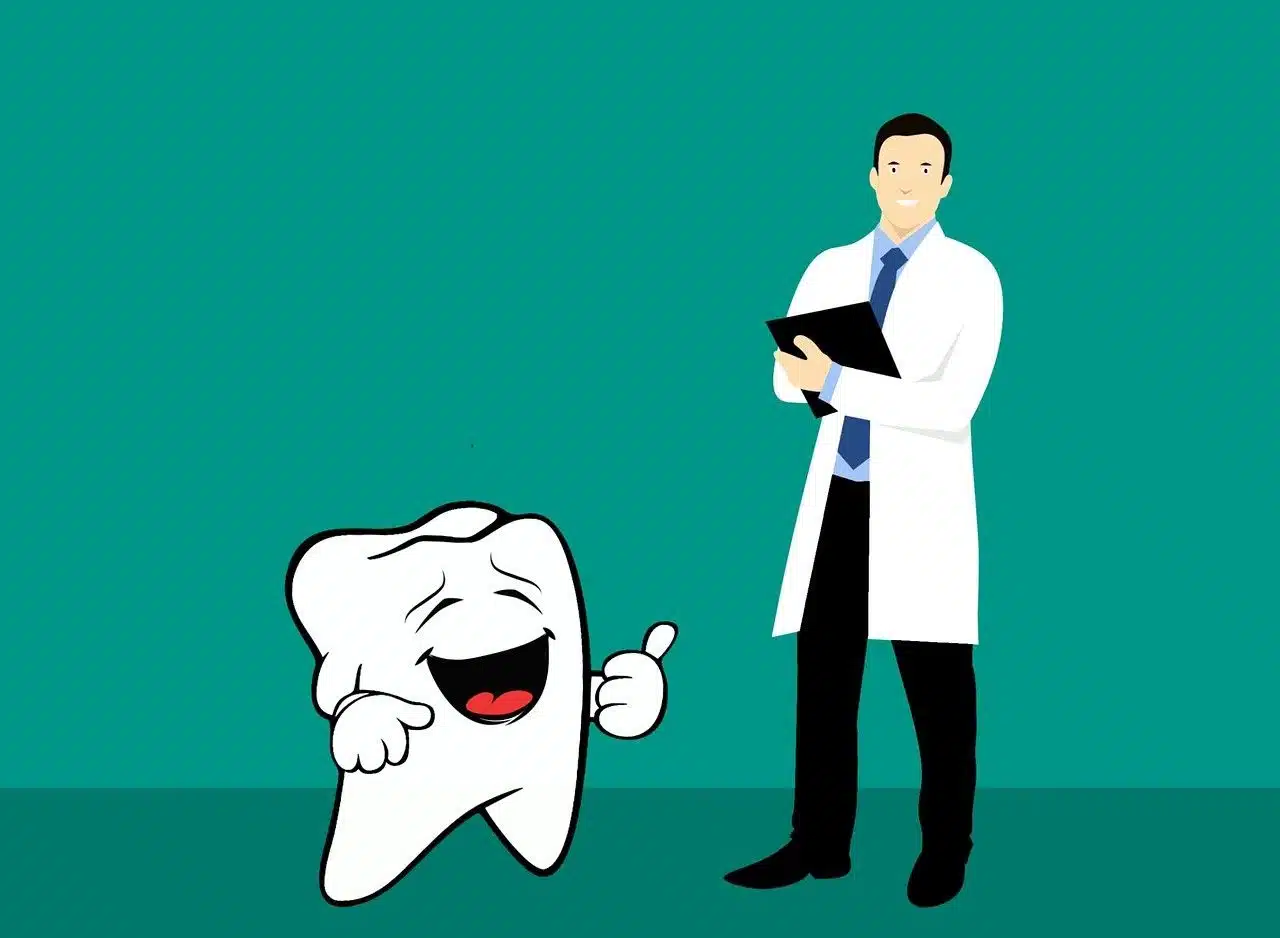
An odontogram is a chart that records information about an individual's mouth.
An odontogram is a scheme used by dentists to record information about a person's mouth . In this graph, the professional details how many permanent teeth the patient has, which ones have been restored, and other important data.
The odontogram, in this way, represents a record of the individual's clinical history . It is, therefore, an identification tool. The dentist, by analyzing a patient's odontogram, can know what work was done in the mouth of the person in question and establish comparisons between the current oral condition and that recorded in the previous visit.
Odontograms, on the other hand, can be used to identify unrecognized bodies . When the police find a corpse in poor condition and cannot determine its identity, they can investigate different odontograms to try to recognize the deceased through their teeth , which are highly resistant pieces that do not decompose, as happens with organs. .
Diagram of an odontogram
The odontogram diagram can have different formats. There are versions that identify teeth with numbers , others with capital letters and even some with numerical pairs. It all depends on the dentist's preference to choose one or another format.
Whether for the dentist to keep in mind the work done in his patient's mouth, to identify a person or to facilitate the exchange of medical data between professionals, the odontogram is a very important medical history that must be updated frequently.

The odontogram must be performed by a dentist.
Some considerations
Let's see below some general provisions of the odontogram:
- It is considered part of the clinical history and odontostomatological record.
- The collection of data necessary to prepare the odontogram must be carried out by a dentist.
- Its registration must be carried out in an unquestionable, clear and precise manner, to avoid any type of confusion when reading it.
- Its development is individual for each patient and must take place at the first appointment with the dentist, without the possibility of modifying, crossing out or amending it.
- The treatment plan, that is, the treatments carried out after the examination, should not be included in the odontogram.
- For dental treatments and their evolution, a second odontogram must be carried out in parallel.
- The location, shape and size of the phenomena and pieces found during the dental examination must be reflected in the odontogram as accurately as possible.
There are many other issues contemplated in health standards, such as the color of the ink that should be used to record each type of data and in each section of the odontogram, or what measures to take when a tooth has more than one finding. On the other hand, it is important to note that after any modification, it is necessary to prepare a second odontogram, without affecting the first one, since it must be part of the patient's history. Furthermore, the average time stipulated for the development of an odontogram is 10 minutes.
Odontogram data
In an odontogram, the fixed teeth must be specified, indicating their state of health and integrity, and the removable teeth, with a straight line enclosed between squares with a + sign inside and with a zig-zag line, respectively.
Other data that must be recorded are the presence of cavities, permanent crowns (which can be complete, metal-ceramic or partial, among other types), temporary crowns, diastemas, absence of teeth, erupting teeth, extruded or intruded teeth, fractures, implants, pins and prostheses (which can be fixed, removable or total).
